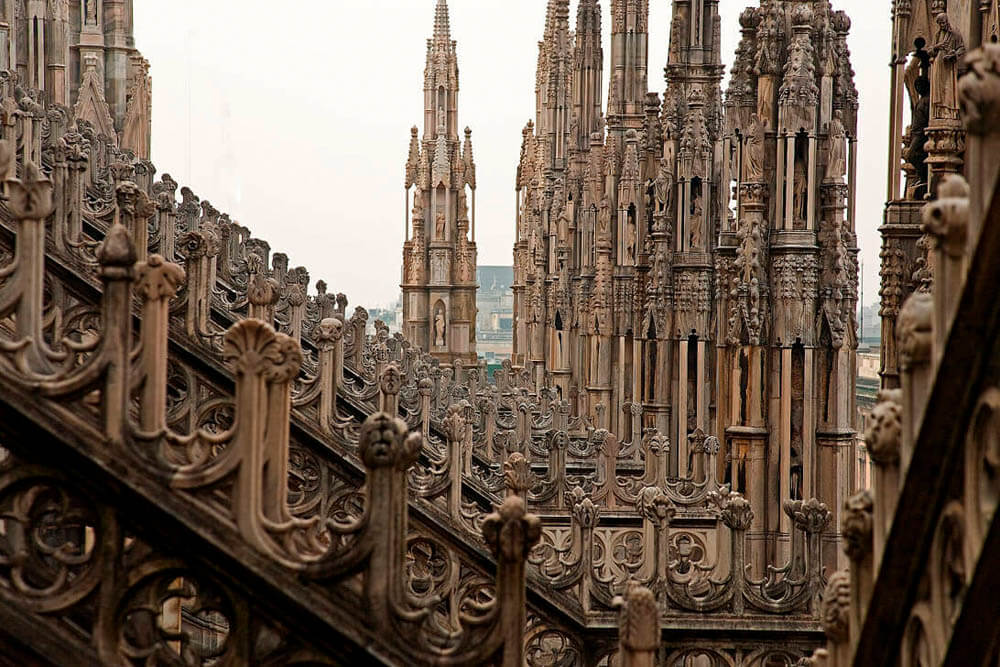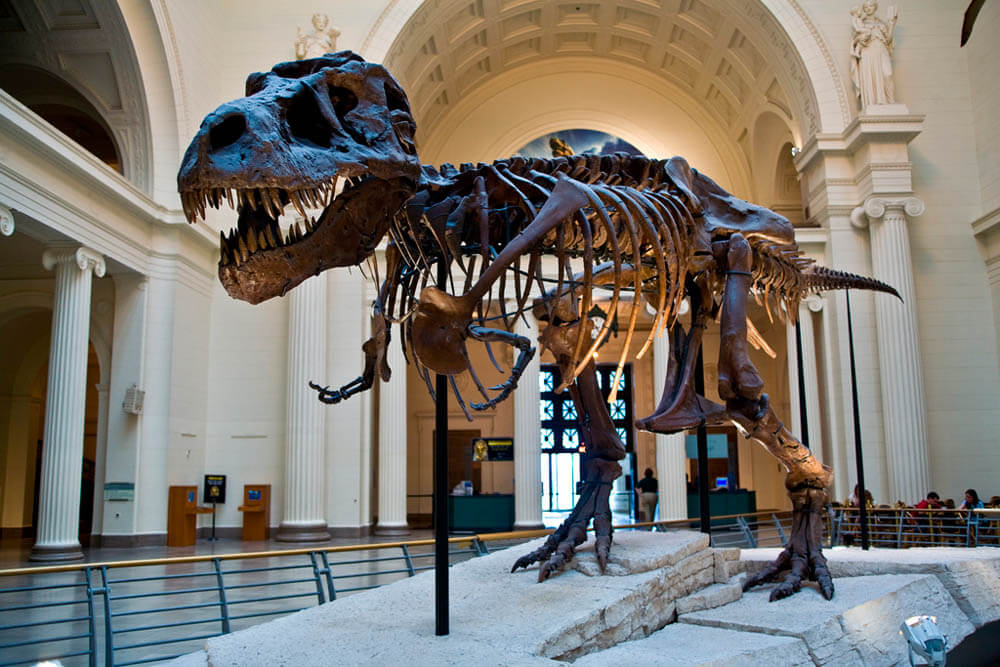We tend to think that forgery of antiquities is a problem engendered by illegal trade. When there is no excavation site, no context, and no documentation proving the responsibility of a museum, we cannot state that the artifact is exactly what we think it is. That’s why most fakes are registered as artifacts. This is not just the deceit of buyers, who in any case should not spend money on unreasonable antiquities, it is a deceit of the society whose past is confused with false information.
Archaeological fraud is a rather interesting and much less common form of falsification. Counterfeits are usually created and thrown at the excavation sites by archaeologists themselves, and proof of authenticity of any find is either impossible or requires decades of research and millions of dollars. There are a lot of cases of archaeological falsifications known to history, which were eventually revealed. But can we assert with confidence that the finds of dinosaur skeletons, statues of ancient people, art objects, ornaments, and other relics that are exhibited in Natural History museums around the world are genuine?
Archaeoraptor
One of the most notorious scandals in archaeological circles occurred in July 1997, when a peasant from Liaoning Province sold the wreckage of found shale with traces of an animal similar to a bird with teeth to a reseller for just a few dollars. The names of the dealer and peasant are still unknown, because such transactions are punishable by long prison sentences, based on the laws of China. In 1998, the fossil was illegally exported from China to the US and sold to an anonymous collector.
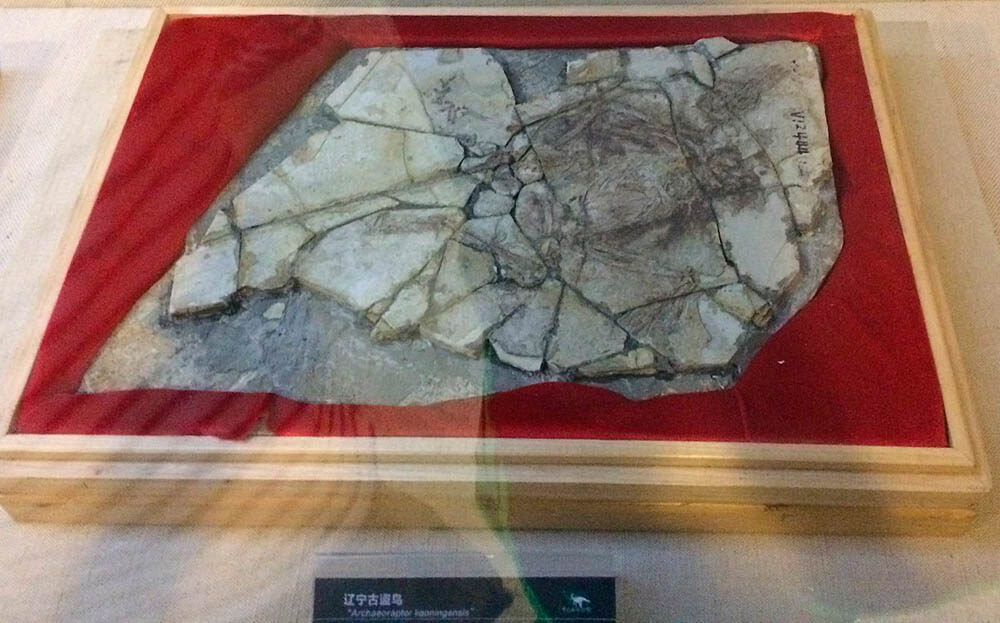
However, anonymity is a mediocre thing, so after all, in a few months, most American paleontologists were aware of this unusual find. The Director of the Natural History Museum in Utah collected 80 thousand dollars to buy the fossil and study it and contacted the National Geographic Community. As a result, the fossil with an unknown creature named Archaeoraptor Iiaoningensis was presented at the conference in 1999.
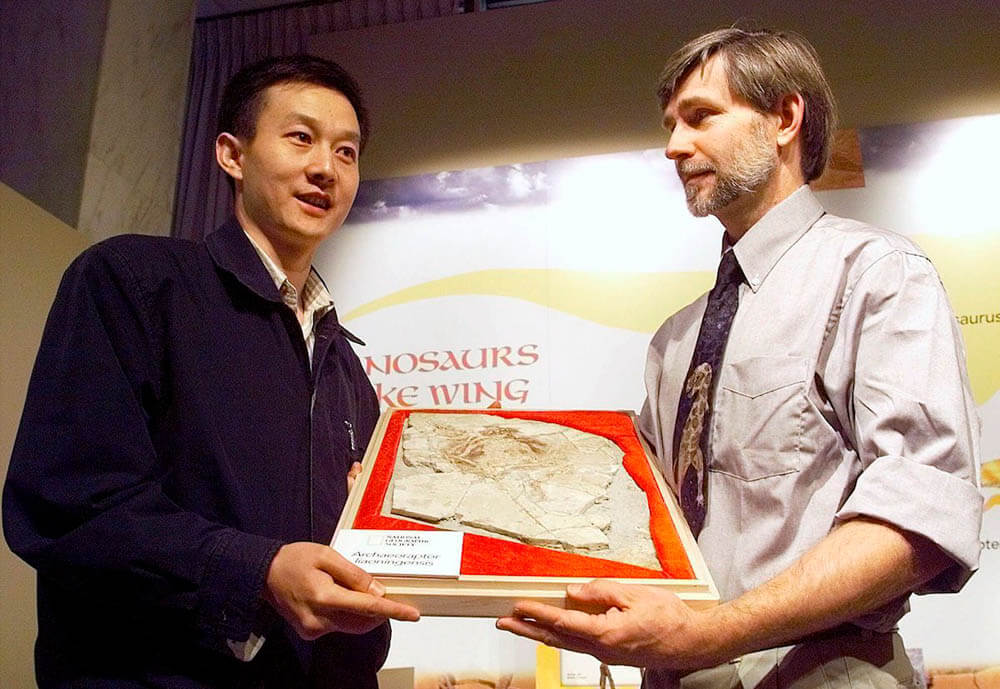
In November 1999, National Geographic published an article stating that the discovered archaeoraptor is the missing link between birds and dinosaurs. But by mid-2000 the remains of the animal had been studied in detail, and researchers came to a conclusion that the fossil was fake because the “dinosaur-bird” was created from parts of animals that have already been known to science. In autumn of the same year, National Geographic and paleontologists admitted their error.
Acambaro Figures
In 1944, German amateur archaeologist Waldemar Julsrud found a clay figure in the rain-washed ground and came to a conclusion that it could belong to the culture of Chupicuaro. To confirm his theory, Julsrud hired local peasants to perform excavation works and promised to pay them 10 cents for each statuette they would find.
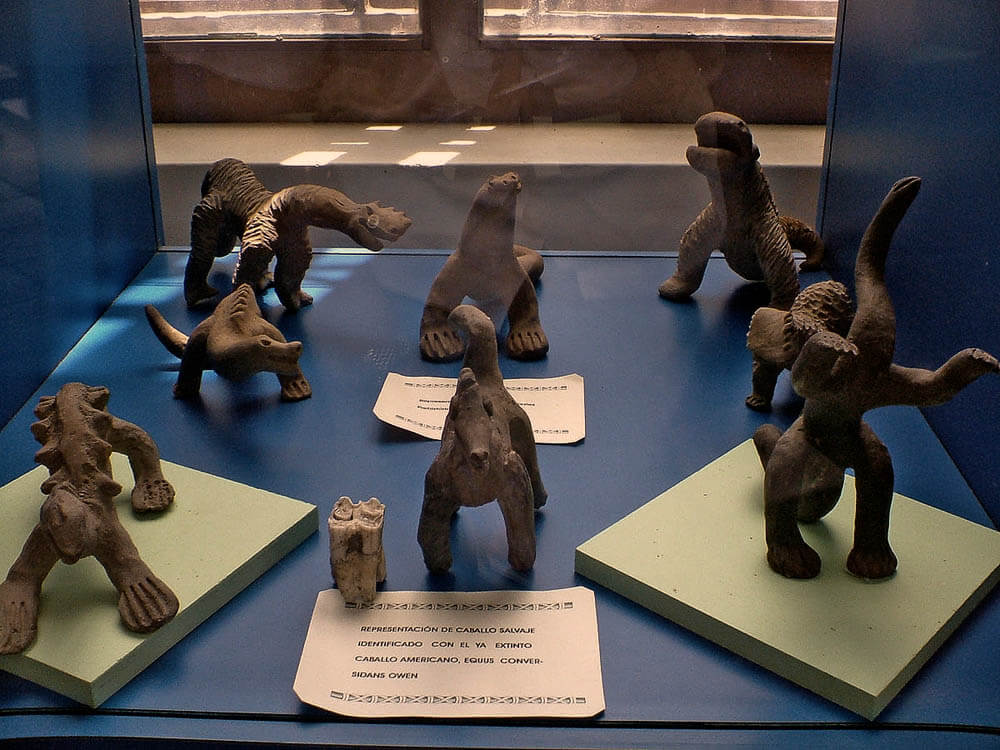
During the first dig, peasants managed to raise more than 30 thousand figures from the ground, which surprised the archaeologist greatly. But he was even more stunned by the result of the second dig when among the finds, there were statuettes depicting people of different races and dinosaurs, which completely contradicted all the known facts at that time.
The collection of Julsrud statuettes was very popular until, as a result of the analysis, it became clear that absolutely all the figurines were fake – the peasants created them in a very short period of time, inspired by comic books and movies.
Pure Quartz Skulls
In the middle of the 19th century, information began to appear about dealers who purchased models of human skulls made from pure quartz. Moreover, it was claimed that these skulls belonged to the Maya and Olmec cultures, which seemed simply incomprehensible because, in those days, there were no suitable tools to create skulls.
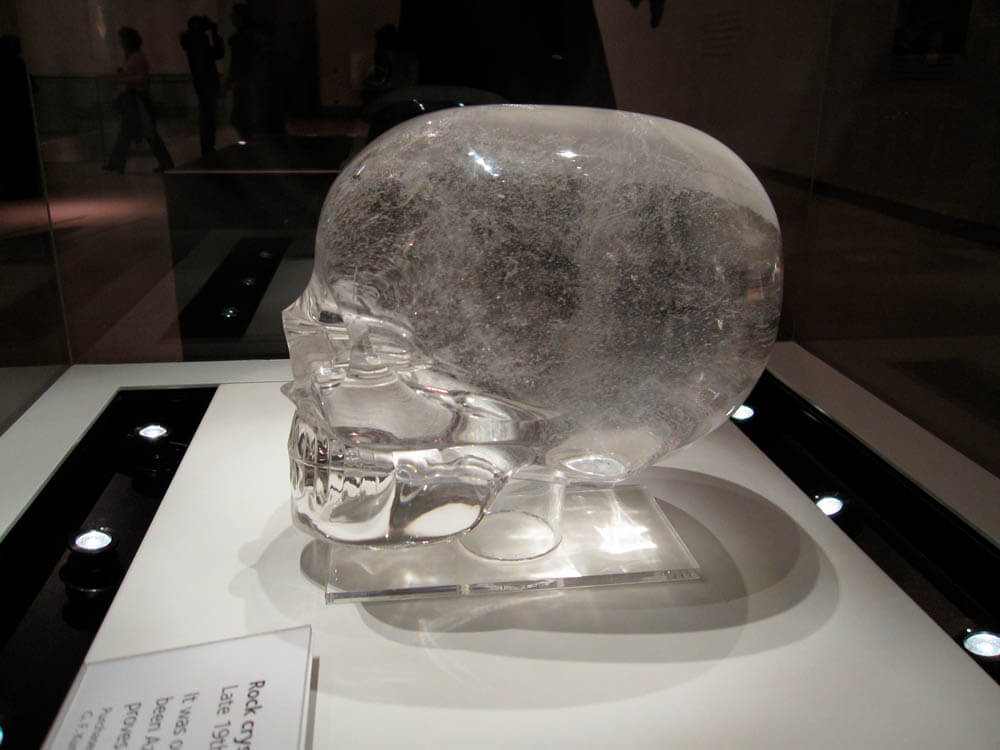
During the next 100 years, 30 skulls were discovered, and private collectors paid jaw-dropping prices for them. However, a study conducted in the 2000s showed that the skulls were made during the last 150 years – traces of modern discs grinding and traces of silicon carbide, which was synthesized in 1893, were found on the surface of the skulls.
Saitafern Tiara
This object gained fame in 1896, when Albert Kaempfen, director of the Louvre, famous Parisian archaeologists, historians, and connoisseurs of ancient art saw the golden tiara of the Scythian king Saitafern in it.
The golden tiara depicted scenes from ancient Greek mythology in detail, and a hammered inscription was considered to be the work of ancient masters from Olbia. The head of the Louvre received permission from the French parliament to buy the tiara from Odessa antique dealers for 50,000 rubles, which was an incredible sum of money at that time.
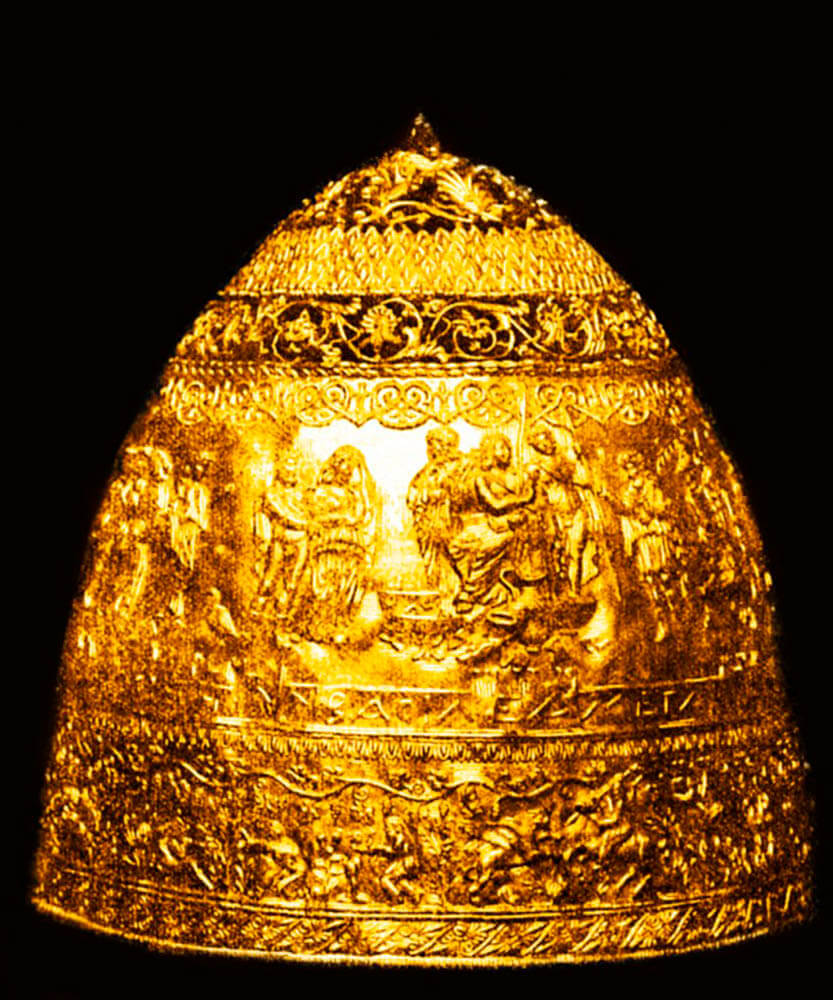
The exhibit had stayed in the hall of ancient art for almost 10 years until it attracted the attention of archaeologists Alexander Veselovsky and Adolf Funtvengler, whose search later ended up with a jeweler named Israel Rukhomovsky. It turned out that the jeweler made this tiara as ordered by Odessa antique dealers in 1895 and earned 1,800 rubles for it. Being unaware of the deal, the jeweler became famous for his work and received the gold medal from the Decorative Arts Salon. The tiara is still exhibited in the Louvre, though in another hall.
Giant from Cardiff
In 1869, two men dug a well at William Newell’s farm in Cardiff, New York, and their shovel came across something hard, which later turned out to be a huge stone head of an 11-foot man. Despite the bizarre forms of the find – and the statue seemed to be in agony – it left no doubt that this was a real artifact because the Native Americans were not famous for the skills of stone carving.
The farmer and his cousin George Hull claimed that the statue was a petrified giant since Biblical times, possibly a relative to Goliath. The public faithfully believed this, came to the excavation site, where later a whole tent was set up, and bought the right to admire the find for as much as a quarter.
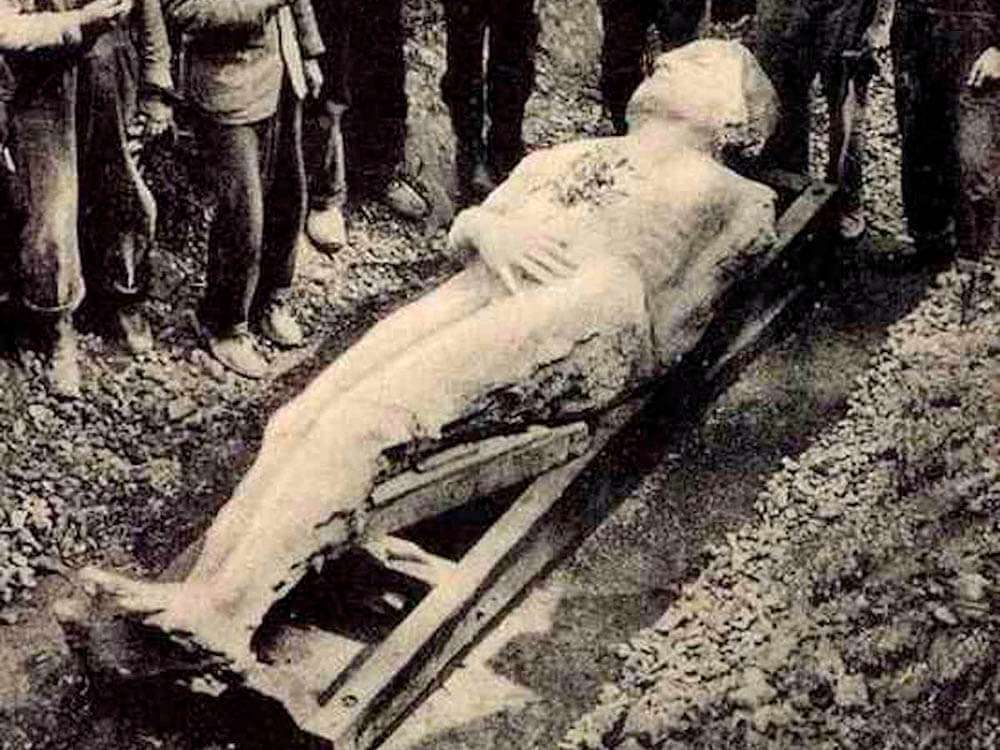
Later it turned out that it was not a real giant and not even a real artifact. And the giant’s story began not on a farm in Cardiff, but in New York, where in 1867, Hull purchased a three-meter plaster block allegedly for the statue of Abraham Lincoln and imperceptibly drove a block to Chicago, where a team of sculptors quickly wove a huge man and agreed to keep silent about the mystery of sculpture’s origin for a considerable fee.
Upon the readiness of the giant, they transported it to Newell’s farm in Cardiff and buried it on the territory, so that in 2 years the workers who were hired supposedly for the construction of the well could find the stone sculpture. This scam cost Hull as much as $2,600, but until the truth unfolded, the brothers managed to earn enough money for its exhibition and further sale.
Based on the cases listed above, we can make a conclusion that counterfeiting is fundamentally different from imitation by definition and contexts, where faking is a deliberate act of deception, falsification for financial gain, and imitation is intentional mimicry of the existing original.

